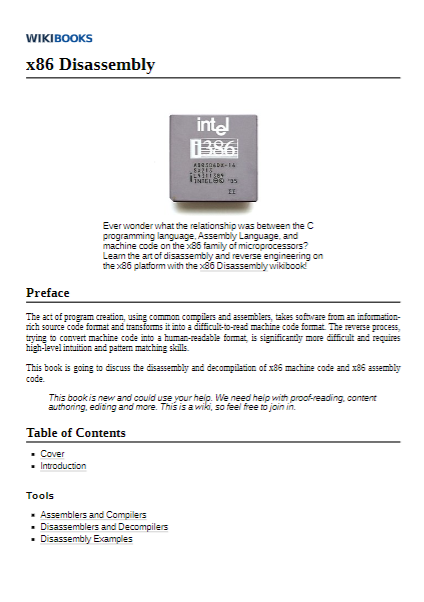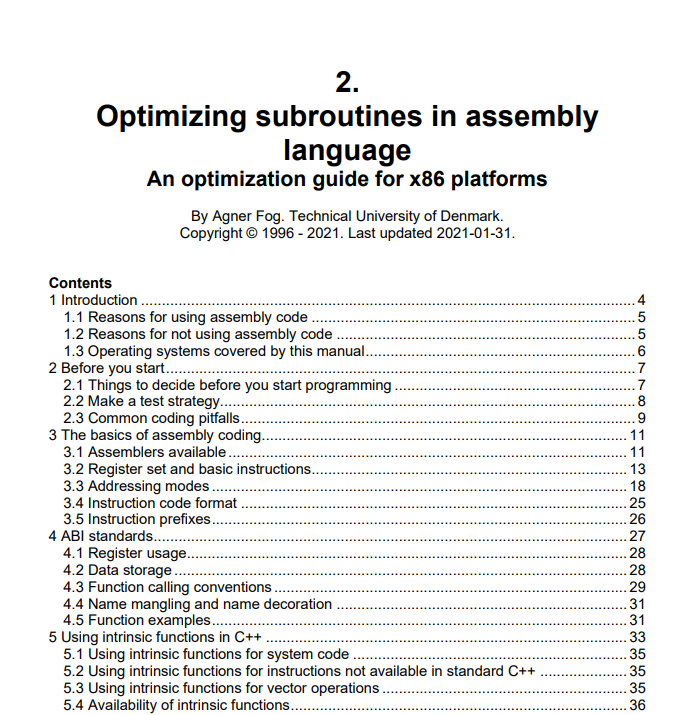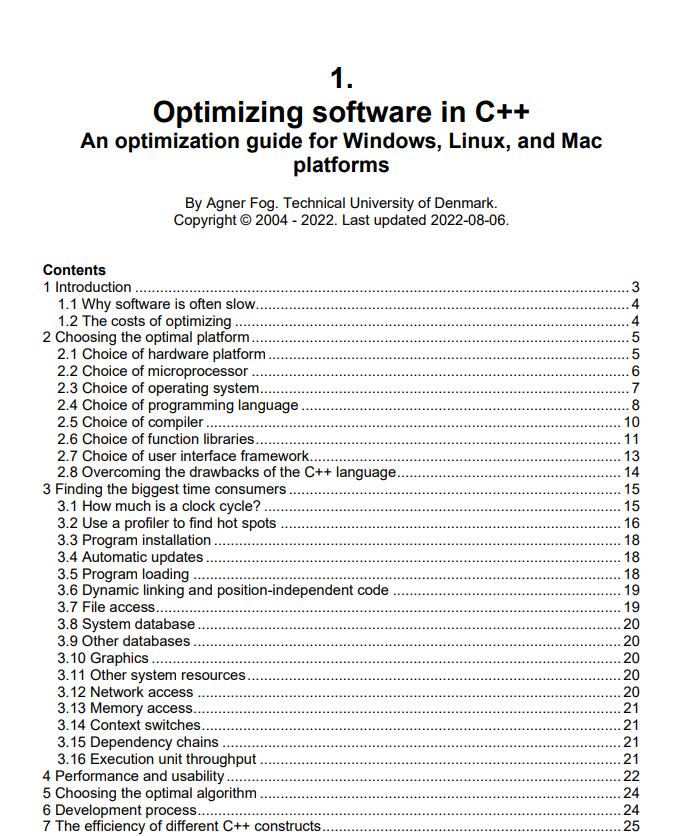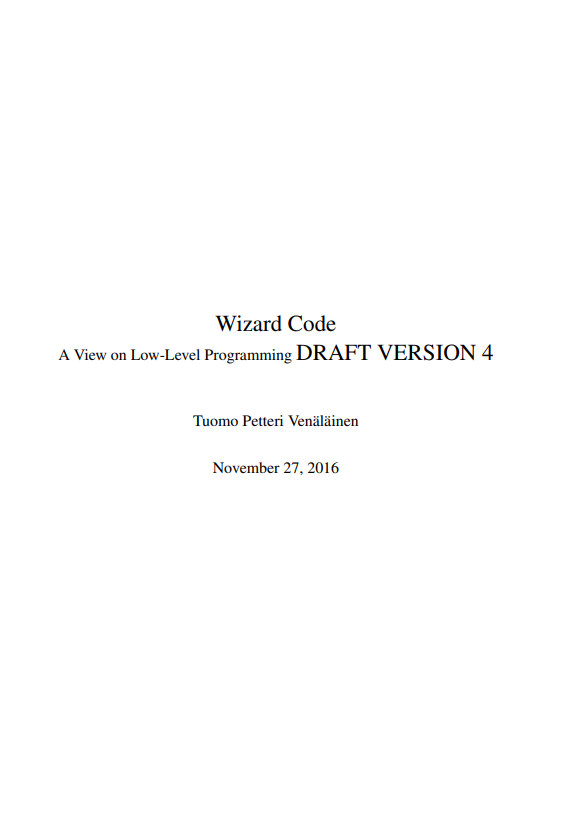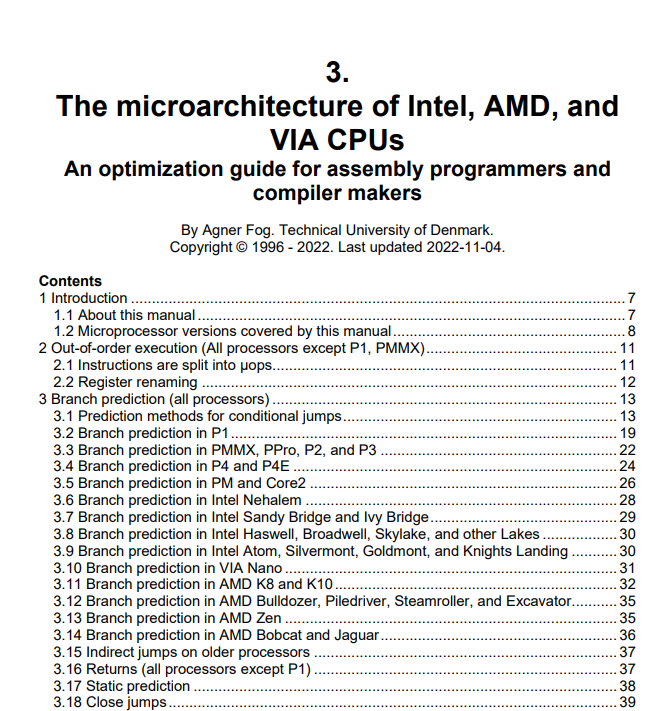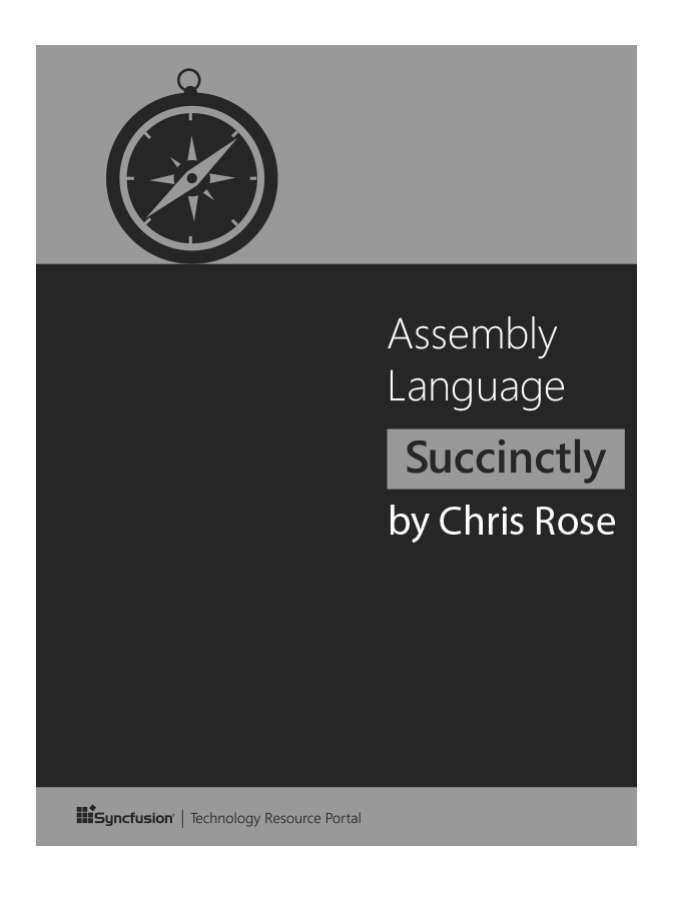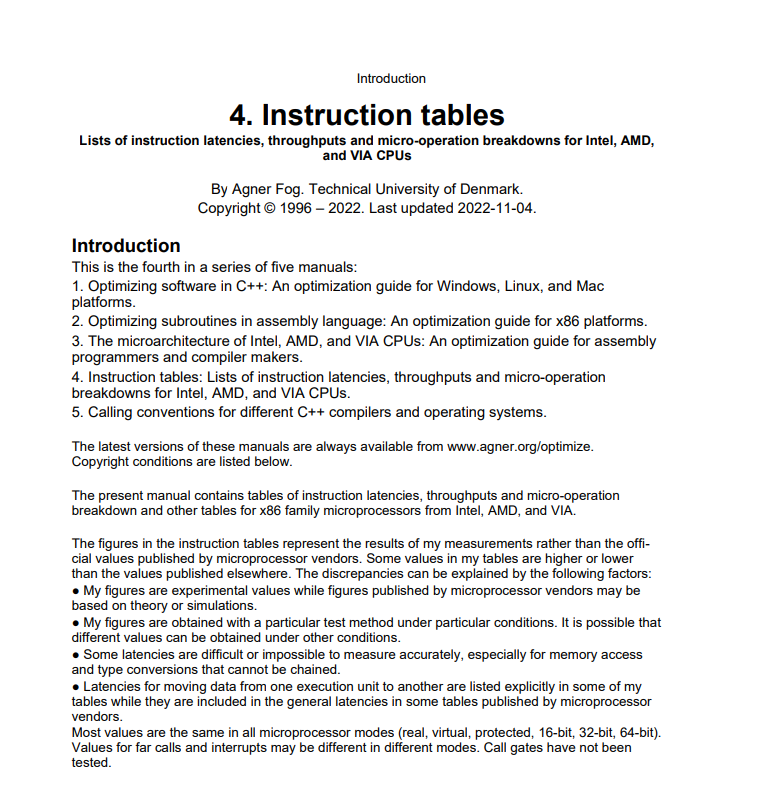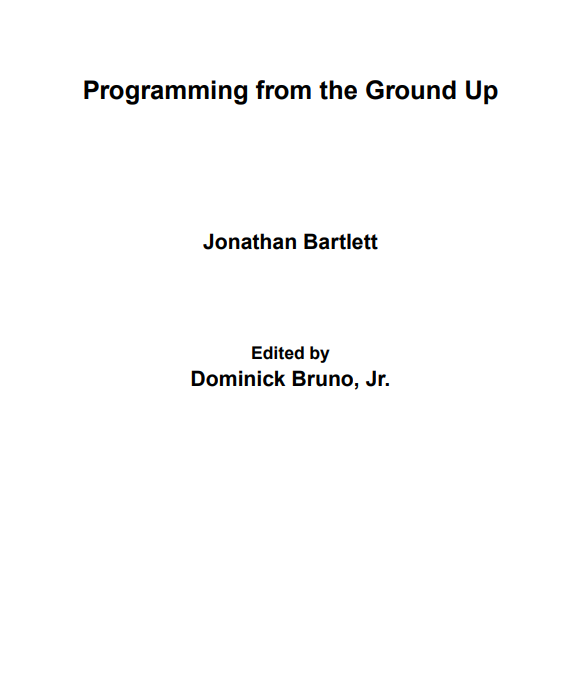x86 (also known as 80×86 or the 8086 family) is a family of complex instruction set computer (CISC) instruction set architectures initially developed by Intel based on the Intel 8086 microprocessor and its 8088 variant. The 8086 was introduced in 1978 as a fully 16-bit extension of Intel’s 8-bit 8080 microprocessor, with memory segmentation as a solution for addressing more memory than can be covered by a plain 16-bit address. The term “x86” came into being because the names of several successors to Intel’s 8086 processor end in “86”, including the 80186, 80286, 80386, and 80486 processors.
The term is not synonymous with IBM PC compatibility, as this implies a multitude of other computer hardware. Embedded systems and general-purpose computers used x86 chips before the PC-compatible market started, some of them before the IBM PC (1981) debut.
As of June 2022, most desktop and laptop computers sold are based on the x86 architecture family, while mobile categories such as smartphones or tablets are dominated by ARM. At the high end, x86 continues to dominate computation-intensive workstation and cloud computing segments. The fastest supercomputer in the TOP500 list for June 2022 was the first exascale system, Frontier, built using AMD Epyc CPUs based on the x86 ISA; it broke the 1 exaflop barrier in May 2022.
Ever wonder what the relationship was between the C programming language, Assembly Language, and machine code on the x86 family of microprocessors? Learn the art of disassembly and reverse engineering on the x86 platform with the x86 Disassembly wikibook!
The act of program creation, using common compilers and assemblers, takes software from an information-rich source code format and transforms it into a difficult-to-read machine code format. The reverse process, trying to convert machine code into a human-readable format, is significantly more difficult and requires high-level intuition and pattern matching skills.
This book is going to discuss the disassembly and decompilation of x86 machine code and x86 assembly code.
- This book is new and could use your help. We need help with proof-reading, content authoring, editing and more. This is a wiki, so feel free to join in.
